Finding myself while lost in translation
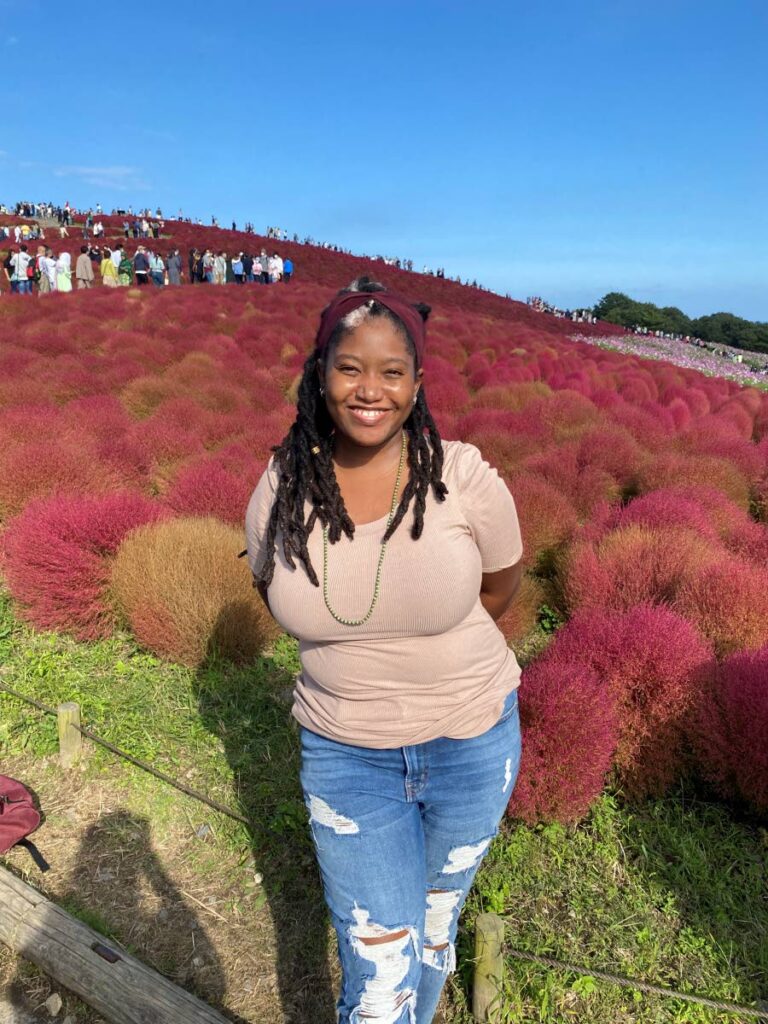
If I had to find the perfect way to summarise my first six months in Japan in one sentence, it would be "finding myself while lost in translation." When I first made the decision to apply to the Japan Exchange and Teaching (JET) programme six years ago, I enrolled in Japanese classes at the Centre for Language Learning at UWI to help better prepare me for life in Japan. I stuck with the classes for two years before starting a Master’s degree and could no longer balance it all with a full-time job.
In the time it took me to finish school and get into the programme, everything I had learned had vanished from my head and I arrived in Tokyo on August 2, 2022, unable to say anything more than my name and where I was from.
“Konnichiwa. Watashi wa Rhianna desu. Torinidado to Tobago desu.” こんにちわ。私わリアナですトリニダード・トバゴです。
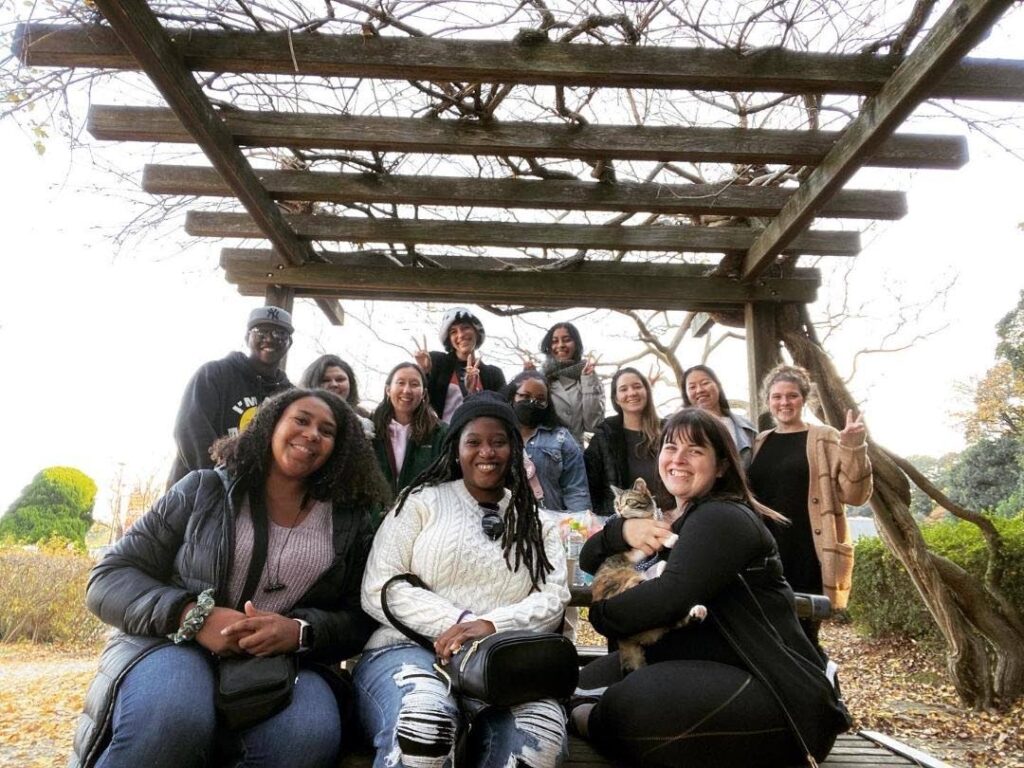
You would think after six months, I would have learned enough to go to my neighbourhood Daiso (¥100 store) and engage in friendly banter with the lovely Japanese lady who always makes an effort to say something to me in English.
Alas, immersing yourself in the culture is not always enough to master this beautiful and complex language, at least not in the time I’ve been here. I am daunted by every trip to the Konbini (convenience store), but I am determined to get it right.
If I’ve learned anything in my soon-to-be 33 years, it is that life is all about balance. In as much as I have been struggling with the language, I have also found out new and interesting things about myself and how much I am able to handle on my own.
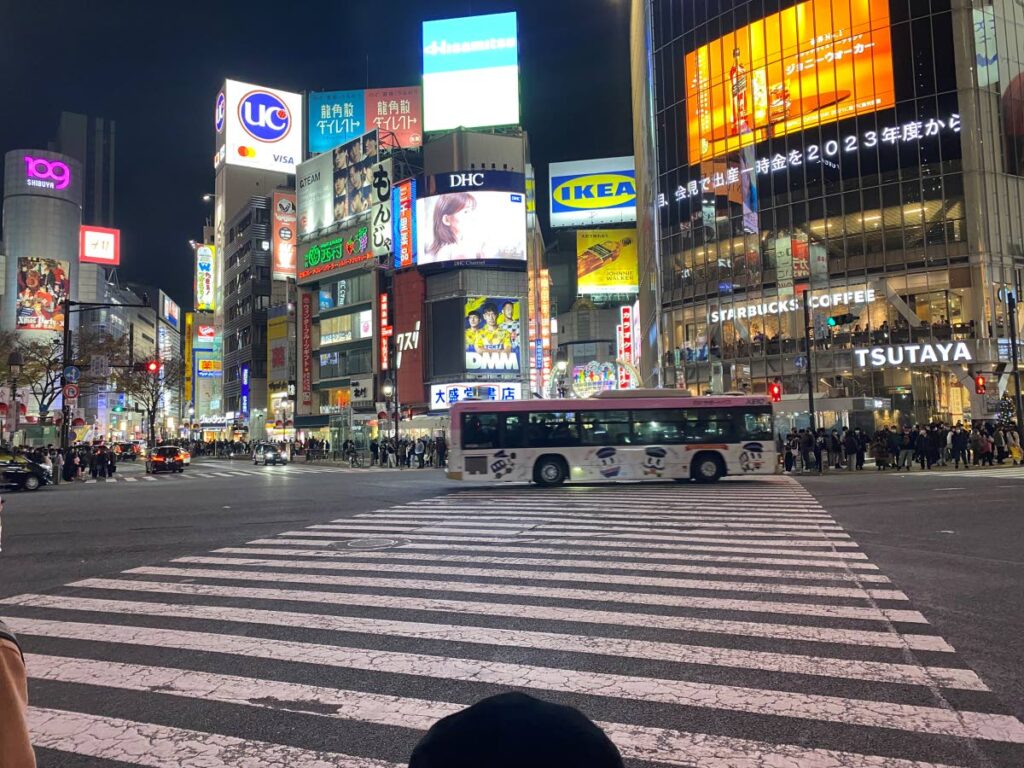
Back home in Trinidad and Tobago, I always had the safety of family around me. I lived in a family home with an attentive mother, an over-protective father, and an adventurous little sister. If ever I was in need of something, anything, they were always right there ready, willing, and waiting to provide. And, if for whatever reason they were unable to help me, I could always rely on a nearby uncle or aunty. I was safe and happy, not to mention well-fed.
The day I moved into my barren apartment was one of the most exciting days of my life. That is, until I, and I alone, was tasked with furnishing it. I have lost a pound or two logging a desk, appliances from the second-hand store, and endless Daiso bags of home goods up two flights of stairs in the past few months.
While I did not have to tote my Amazon-ordered bed up those stairs, I had to put it together and was mortified by the endless little baggies of knots and bolts I was forced to sort through.
I messaged my father in tears. “Why, WHY are there so many pieces?” I asked, half hoping he would get on a plane to help me put it together. He did not. Instead, he told me, “You can do this.” I did not believe him, but I did it anyway. The bed still shakes a bit whenever I plop down on it, but I’ll be damned if I am not proud as ever of the fact that I was able to put it together myself, after 12 pain-staking hours and a few drops of blood for good measure.
Although I have made wonderful English-speaking friends from all over the world since I have been here, we are not all in the same place and can’t always meet whenever we want, forcing me out of my comfort zone. I have had many lovely solo expeditions around my prefecture.
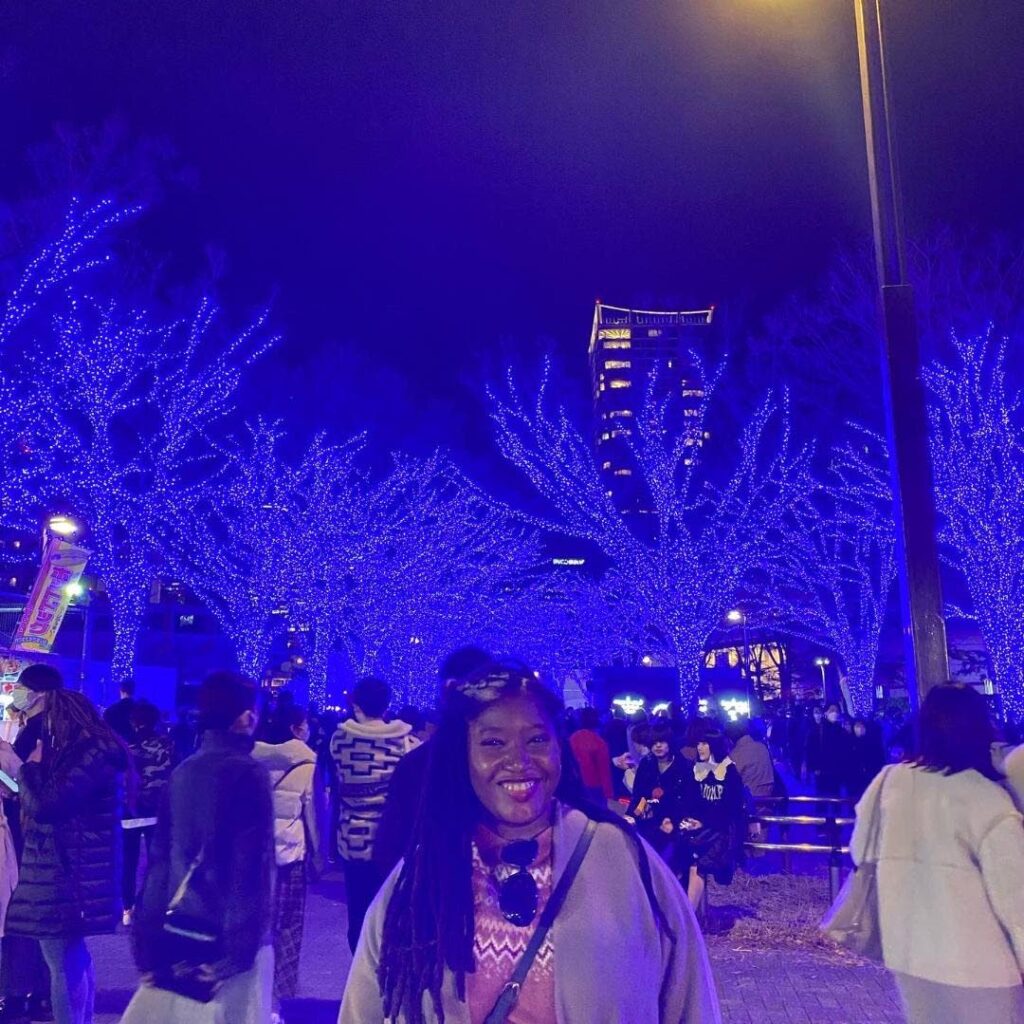
When I first got here, I was told my new home, Ibaraki Prefecture had been consistently ranked as the ‘least attractive’ prefecture in Japan for seven years by online surveys conducted by Brand Research Institute, a consulting agency for regional brands based in Tokyo’s Minato Ward. In 2022, it made an ambitious leap from #47 to #46.
I, however, could not disagree more. Not that I’ve seen much else of the country, but I think Ibaraki is absolutely stunning. During the winter break, I took a drive along the coast to the capital, Mito City, to visit Aqua World Ibaraki Prefectural Oarai Aquarium which overlooks the Eastern Pacific Coast.
The Kashima-Jingu Shrine, a short 30-minute drive from my apartment, is one of the most visited Shinto shrines in the prefecture between January 1 and 3 for New Year pilgrims who go to pray for good fortune in the New Year. The shrine is located in a forested area at the top of the Kashima plateau in South east Ibaraki. It is littered with giant cedar trees that are as wide as they are tall and the locals are quick to tell you they are hundreds of years old. There is a sacred tree on the grounds said to be over 1,300 years old.
I’ve picnicked with fellow JETs at Lake Senba in Mito and enjoyed the company of the black swans that call the lake home. I have also collected seashells at Nikkawahama, one of the many beaches minutes away from my apartment, and stood in awe at the giant windmills that line the Eastern Pacific Coast that I now call home. There are so many other gorgeous site-seeing to do here that I just haven’t gotten around to as yet. Ibaraki is home to the Ushiku Daibutsu Buddha statue. Standing at 390 feet, the Ushiku Daibutsu held the record for the tallest statue from 1993 to 2008 and, as of 2018, is one of the top five tallest statues in the world.
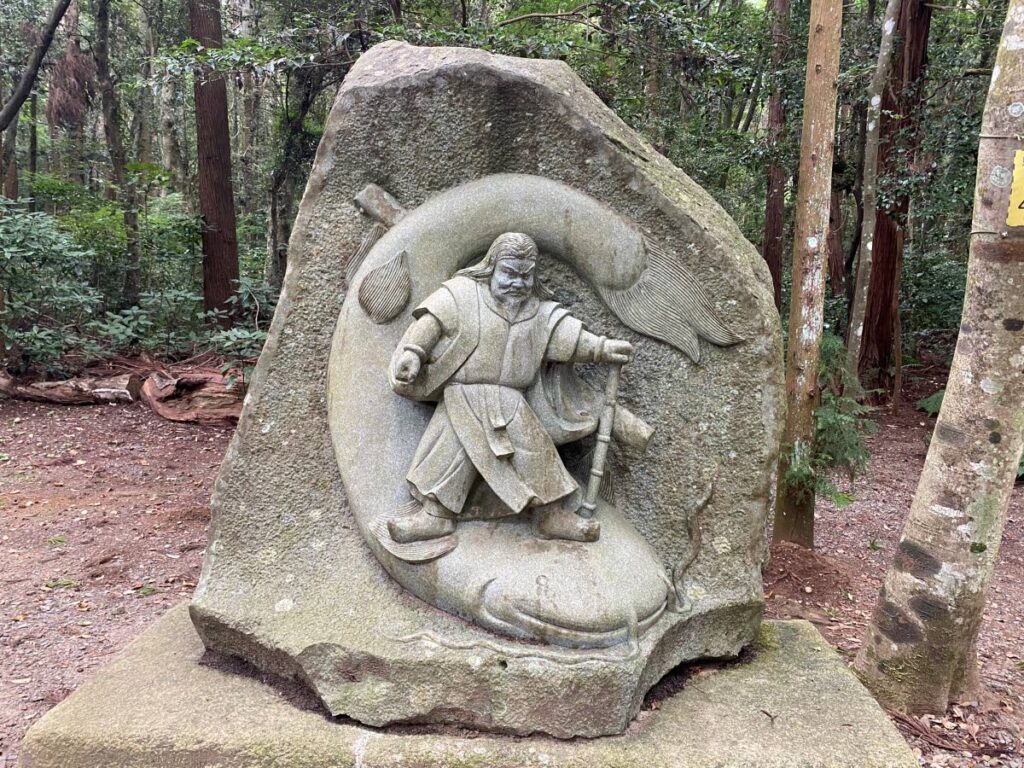
Mt Tsukuba, one of the most recognisable peaks in Japan, is also located here. The mountain is the centre of Japan’s folklore. Legend has it, a deity descended from the heavens and asked two mountains for a place to spend the night. Mt Fuji refused, believing with pride and arrogance that it did not need the deity's blessings.
Mt Tsukuba, however, welcomed its guest with open arms, food, and water. Today, Mt Fuji is a cold, lonely, and barren mountain, while Mt Tsukuba bursts with vegetation and colour throughout the seasons.
Japan may not be too impressed with Ibaraki, but I am in constant awe of this place. Although it will still take a bit of getting used to, I can honestly say I love it here. If this place is what the Japanese consider its least attractive space, I can only imagine what else is out there for me to explore.
If I ever get bored of my city (doubtful), I am fortunately only a stone’s throw away from Japan’s crown jewel, Tokyo. I’ve taken the hour-and-a-half bus ride a few times now and have had the opportunity to visit tourist favourites like Harajuku district and Shibuya crossing.
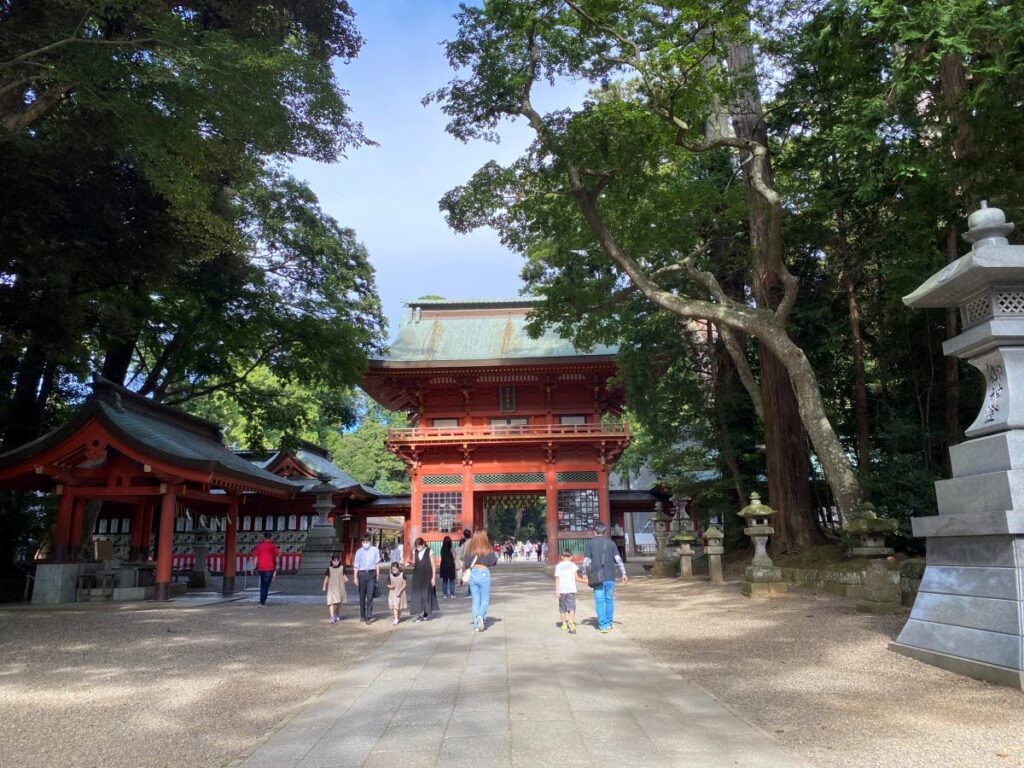
I also plan to visit the newly constructed Ghibili Theme Park in Nagakute City, Aichi Prefecture. My introduction to Japanese culture, you see, was through Studio Ghibili Films, some of the most famed animation to come out of the country. The studio’s film anthology includes Spirited Away, My Neighbour Totoro, and, my personal favourite, Howl’s Moving Castle.
The further outside of my personal boundaries I am forced to explore, the more I fall in love with this country, this language, and myself.
Google Translate and I look forward to every second of this new adventure.


Comments
"Finding myself while lost in translation"